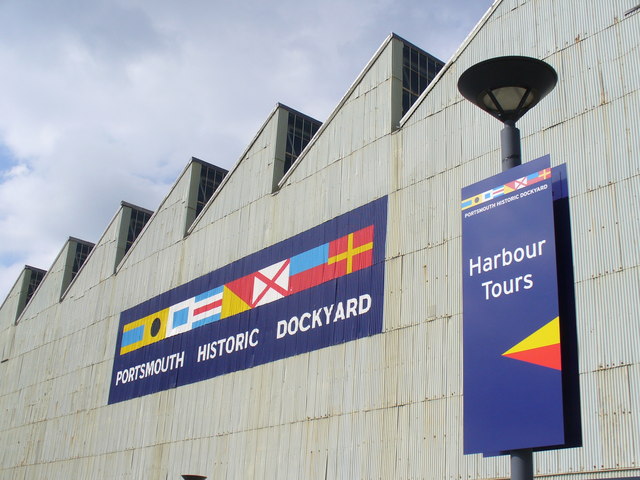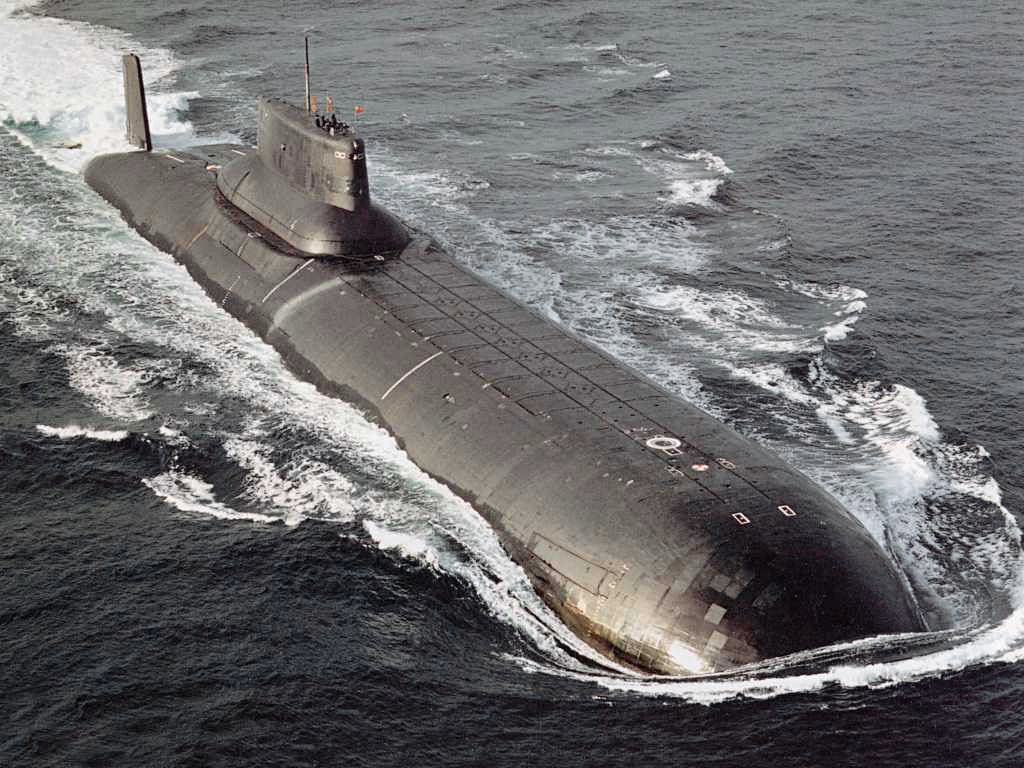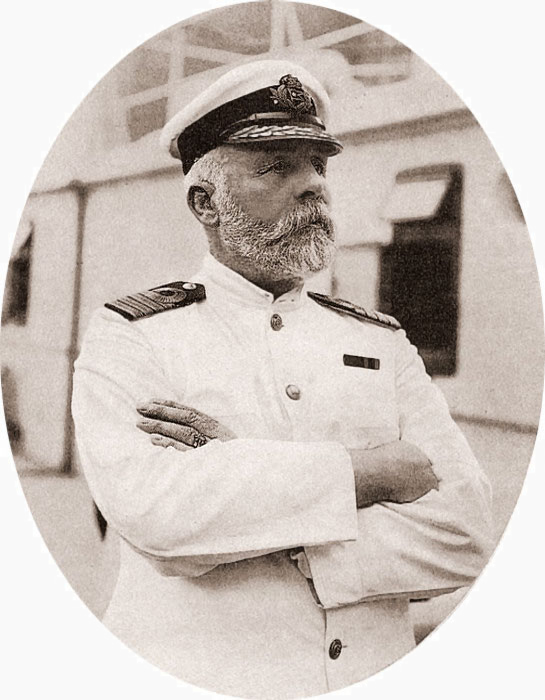|
Poop Deck
In naval architecture, a poop deck is a deck that forms the roof of a cabin built in the rear, or " aft", part of the superstructure of a ship. The name originates from the French word for stern, , from Latin . Thus the poop deck is technically a stern deck, which in sailing ships was usually elevated as the roof of the stern or "after" cabin, also known as the "poop cabin" (or simply the poop). On sailing ships, the helmsman would steer the craft from the quarterdeck, immediately in front of the poop deck. At the stern, the poop deck provides an elevated position ideal for observation. While the main purpose of the poop is adding buoyancy to the aft, on a sailing ship the cabin was also used as an accommodation for the shipmaster and officers. On modern, motorized warships, the ship functions which were once carried out on the poop deck have been moved to the bridge A bridge is a structure built to Span (engineering), span a physical obstacle (such as a body of water, ... [...More Info...] [...Related Items...] OR: [Wikipedia] [Google] [Baidu] |
Portsmouth Historic Dockyard
Portsmouth Historic Dockyard is an area of HM Naval Base Portsmouth which is open to the public; it contains several historic buildings and ships. It is managed by the National Museum of the Royal Navy as an umbrella organization representing five charities: the Portsmouth Naval Base Property Trust, the National Museum of the Royal Navy, Portsmouth, the Mary Rose Trust, the ''Warrior'' Preservation Trust Ltd and the HMS ''Victory'' Preservation Company. Portsmouth Historic Dockyard Ltd was created to promote and manage the tourism element of the Royal Navy Dockyard, with the relevant trusts maintaining and interpreting their attractions. It also promotes other nearby navy-related tourist attractions. History The National Museum of the Royal Navy was first opened in Portsmouth in 1911. It changed its name to the National Museum of the Royal Navy, Portsmouth to reflect its expanded responsibilities over the Royal Marines Museum, the Royal Navy Submarine Museum, the Fleet ... [...More Info...] [...Related Items...] OR: [Wikipedia] [Google] [Baidu] |
Sailing Ship Components
Sailing employs the wind—acting on sails, wingsails or kites—to propel a craft on the surface of the ''water'' (sailing ship, sailboat, raft, windsurfer, or kitesurfer), on ''ice'' (iceboat) or on ''land'' ( land yacht) over a chosen course, which is often part of a larger plan of navigation. From prehistory until the second half of the 19th century, sailing craft were the primary means of maritime trade and transportation; exploration across the seas and oceans was reliant on sail for anything other than the shortest distances. Naval power in this period used sail to varying degrees depending on the current technology, culminating in the gun-armed sailing warships of the Age of Sail. Sail was slowly replaced by steam as the method of propulsion for ships over the latter part of the 19th century – seeing a gradual improvement in the technology of steam through a number of developmental steps. Steam allowed scheduled services that ran at higher average speeds than saili ... [...More Info...] [...Related Items...] OR: [Wikipedia] [Google] [Baidu] |
Puppis
Puppis ("poop deck, stern") is a constellation in the southern sky. It was originally part of the Former constellations, traditional constellation of Argo Navis (the ship of Jason and the Argonauts), which was divided into three parts, the other two being Carina (constellation), Carina (the keel and hull), and Vela (constellation), Vela (the sails). Puppis is the largest of the three constellations in square degrees. It is one of the 88 modern constellations recognized by the International Astronomical Union. History The constellation of Argo Navis is recorded in Ancient Greece, Greek texts, derived from ancient Egypt around 1000 BC. According to Plutarch, its equivalent in Egyptian astronomy was the "Boat of Osiris". As Argo Navis was roughly 28% larger than the next largest constellation, Hydra (constellation), Hydra, it was sub-divided into three sections in 1752 by the French astronomer Nicolas Louis de Lacaille, including Puppis, which he referred to as "''Argûs in puppi'' ... [...More Info...] [...Related Items...] OR: [Wikipedia] [Google] [Baidu] |
Quarter Gallery
A quarter is one-fourth, , 25%, or 0.25. Quarter or quarters may refer to: Places * Quarter (urban subdivision), a section or area, usually of a town Placenames * Quarter, South Lanarkshire, a settlement in Scotland * Le Quartier, a settlement in France * The Quarter, Anguilla * Quartier, Sud, Haiti Arts, entertainment, and media * Quarters (children's game) or bloody knuckles, a schoolyard game involving quarters or other coins * Quarters (game), a drinking game * '' Quarters!'', a 2015 album by the psychedelic rock group King Gizzard and the Lizard Wizard * Quarter note, in music one quarter of a whole note * "Quarters" (Wilco song) * "Quarter" (song) Coins * Quarter (Canadian coin), valued at one-fourth of a Canadian dollar * Quarter (United States coin), valued at one-fourth of a U.S. dollar ** Washington quarter, the current design of this coin * Quarter farthing, an archaic British monetary unit * Quarter dollar, unit of currencies that are named dollar * Qua ... [...More Info...] [...Related Items...] OR: [Wikipedia] [Google] [Baidu] |
Taffrail
In naval architecture, a taffrail is the handrail around the open deck area toward the stern of a ship or boat. The rear deck of a ship is often called the afterdeck or poop deck. Not all ships have an afterdeck or poop deck. Sometimes taffrail refers to just the curved wooden top of the stern of a sailing man-of-war or East Indiaman ship. These wooden sailing ships usually had hand-carved wooden rails, often highly decorated. Sometimes taffrail refers to the complete deck area at the stern of a vessel. A taffrail should not be confused with a ''pushpit,'' which is a common name for the tubular protection rail running around the stern of a small yacht. A taffrail log is a mechanical speed logging device, used like a car odometer. The taffrail log was towed from the stern or taffrail of the ship by a long line. Taffrail logs were developed in the eighteenth century and became a practical device in the nineteenth century. Gallery File:Taffrail (PSF).png, Taffrail (#1) File:Will ... [...More Info...] [...Related Items...] OR: [Wikipedia] [Google] [Baidu] |
Common Names For Decks
A deck is a permanent covering over a Compartment (ship), compartment or a hull (watercraft), hull of a ship. On a boat or ship, the primary or upper deck is the horizontal structure that forms the "roof" of the hull, strengthening it and serving as the primary working surface. Vessels often have more than one level both within the hull and in the superstructure above the primary deck, similar to the floors of a multi-storey building, that are also referred to as decks, as are certain compartments and decks built over specific areas of the superstructure. Decks for some purposes have specific names. Structure The main purpose of the upper or primary deck is structural, and only secondarily to provide weather-tightness and support people and equipment. The deck serves as the lid to the complex box girder which can be identified as the hull. It resists Tension (physics), tension, Compression (physics), compression, and racking forces. The deck's scantling is usually the same as t ... [...More Info...] [...Related Items...] OR: [Wikipedia] [Google] [Baidu] |
Bridge (nautical)
A bridge (also known as a command deck), or wheelhouse (also known as a pilothouse), is a room or platform of a ship, submarine, airship, or spacecraft, spaceship from which the ship can be commanded. When a ship is under way, the bridge is manned by an Watchstanding, officer of the watch aided usually by an Able Seaman (occupation), able seaman acting as a lookout. During critical maneuvers the Captain (naval), captain will be on the bridge, often supported by an officer of the watch, an able seaman on the wheel and sometimes a Maritime pilot, pilot, if required. File:Bridge of Cargo Ship in Port Everglades.jpg, Navigational bridge of a cargo ship docked in Port Everglades, Florida File:Bridge of the RV Sikuliaq.jpg, The interior of the bridge of the Research Vessel ''RV Sikuliaq, Sikuliaq'', docked in Ketchikan, Alaska File:Wheelhouse of Leao Dos Mares.jpg, Wheelhouse on a tugboat, topped with a flying bridge File:Bridge of a Modern Cruise Ship.jpg, Appearance of a bridge on a ... [...More Info...] [...Related Items...] OR: [Wikipedia] [Google] [Baidu] |
Warship
A warship or combatant ship is a naval ship that is used for naval warfare. Usually they belong to the navy branch of the armed forces of a nation, though they have also been operated by individuals, cooperatives and corporations. As well as being armed, warships are designed to withstand damage and are typically faster and more maneuverable than merchant ships. Unlike a merchant ship, which carries cargo, a warship typically carries only weapons, ammunition and supplies for its crew. In wartime, the distinction between warships and merchant ships is often blurred. Until the 17th century it was common for merchant ships to be pressed into naval service, and not unusual for more than half of a Naval fleet, fleet to be composed of merchant ships—there was not a large difference in construction, unlike the difference between a heavily armoured battleship and an ocean liner. Until the threat of piracy subsided in the 19th century, it was normal practice to arm larger merchant sh ... [...More Info...] [...Related Items...] OR: [Wikipedia] [Google] [Baidu] |
Shipmaster
A sea captain, ship's captain, captain, master, or shipmaster, is a high-grade licensed mariner who holds ultimate command and responsibility of a merchant vessel. The captain is responsible for the safe and efficient operation of the ship, including its seaworthiness, safety and security, cargo operations, navigation, crew management, and legal compliance, and for the persons and cargo on board. Duties and functions The captain ensures that the ship complies with local and international laws and complies also with company and flag state policies. The captain is ultimately responsible, under the law, for aspects of operation such as the safe navigation of the ship, its cleanliness and seaworthiness, safe handling of all cargo, management of all personnel, inventory of ship's cash and stores, and maintaining the ship's certificates and documentation. One of a shipmaster's particularly important duties is to ensure compliance with the vessel's security plan, as required by the ... [...More Info...] [...Related Items...] OR: [Wikipedia] [Google] [Baidu] |
Buoyancy
Buoyancy (), or upthrust, is the force exerted by a fluid opposing the weight of a partially or fully immersed object (which may be also be a parcel of fluid). In a column of fluid, pressure increases with depth as a result of the weight of the overlying fluid. Thus, the pressure at the bottom of a column of fluid is greater than at the top of the column. Similarly, the pressure at the bottom of an object submerged in a fluid is greater than at the top of the object. The pressure difference results in a net upward force on the object. The magnitude of the force is proportional to the pressure difference, and (as explained by Archimedes' principle) is equivalent to the weight of the fluid that would otherwise occupy the submerged volume of the object, i.e. the Displacement (fluid), displaced fluid. For this reason, an object with average density greater than the surrounding fluid tends to sink because its weight is greater than the weight of the fluid it displaces. If the objec ... [...More Info...] [...Related Items...] OR: [Wikipedia] [Google] [Baidu] |
Observation
Observation in the natural sciences is an act or instance of noticing or perceiving and the acquisition of information from a primary source. In living beings, observation employs the senses. In science, observation can also involve the perception and recording of data via the use of scientific instruments. The term may also refer to any data collected during the scientific activity. Observations can be qualitative, that is, the absence or presence of a property is noted and the observed phenomenon described, or quantitative if a numerical value is attached to the observed phenomenon by counting or measuring. Science The scientific method requires observations of natural phenomena to formulate and test hypotheses. It consists of the following steps: # Ask a question about a phenomenon # Make observations of the phenomenon # Formulate a hypothesis that tentatively answers the question # Predict logical, observable consequences of the hypothesis that have not yet been inv ... [...More Info...] [...Related Items...] OR: [Wikipedia] [Google] [Baidu] |







